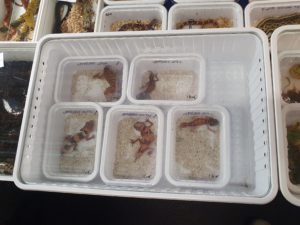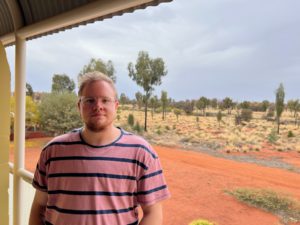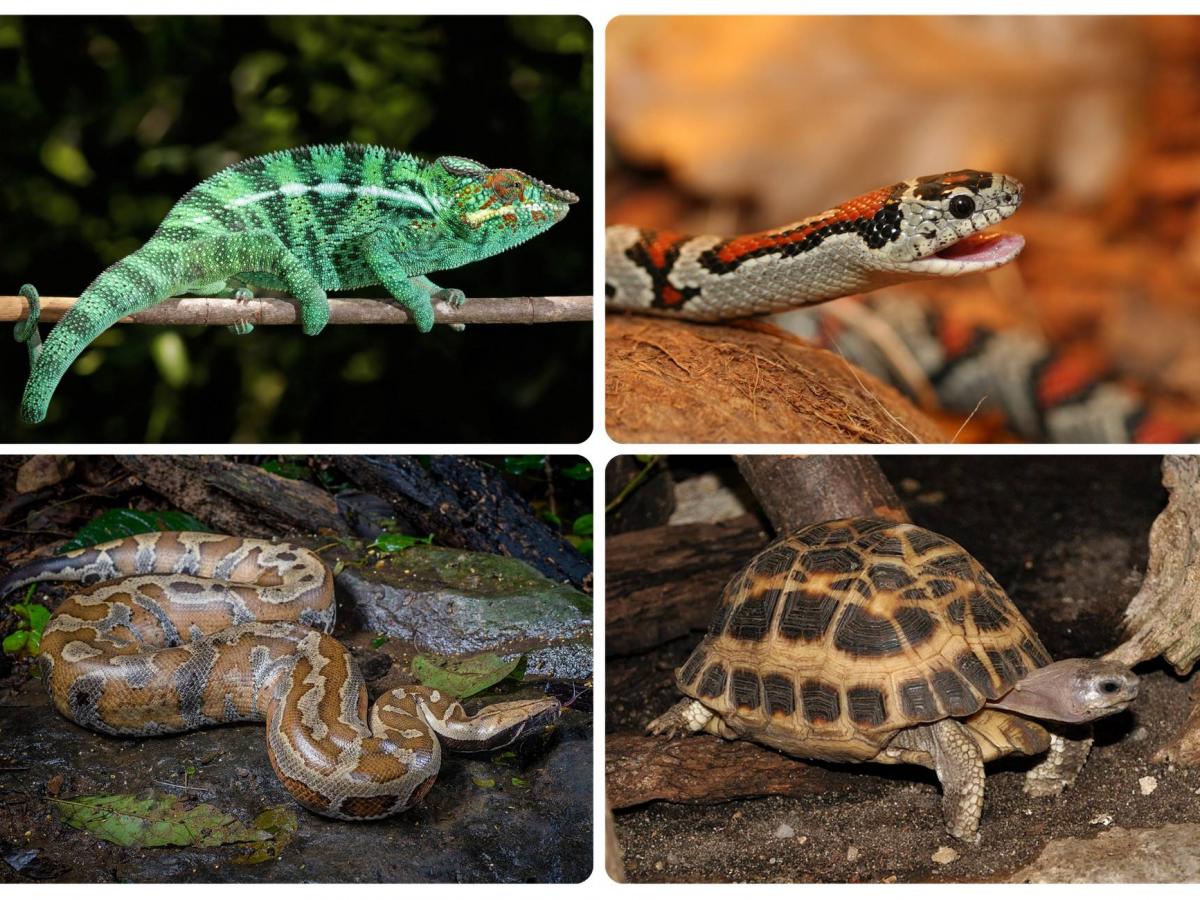On March 3rd we celebrate World Wildlife Day, and the theme for 2024 is “Connecting People and Planet: Exploring Digital Innovation in Wildlife Conservation.” We are thrilled to feature the research of our guest blogger, Sebastian Chekunov, a PhD candidate from Dr. Phill Cassey‘s Invasion Ecology research group. Dr Cassey is an ARC Industry Laureate Fellow, Combatting Wildlife Crime and Preventing Environmental Harm.
Throughout history, people have been captivated by the idea of owning and keeping exotic wildlife. To the Ancient Egyptians, exotic pets were a symbol of power and wealth. Pharaohs often sent out expeditions to collect wild animals, and received a diverse range of species as tribute from other nations, such as cheetahs from Punt and giraffes from Nubia. Exotic pets are now more accessible to people regardless of status, and the modern exotic pet trade is a thriving global industry involving everything from tiny ants to full-grown tigers.
With their unique appearances and distinctive behaviours, reptiles are increasingly making up a high number of the exotic pets kept by people worldwide. These days, if you were to walk into a pet shop and enquire after one of the more common exotic reptiles for sale, you’d likely find out that it comes from a long line of captive breeding. However, the ongoing desire for novel and ‘unique’ species has led to an influx of new species in the trade, often sourced directly from the wild (at least initially).
Collecting animals from the wild is not a bad thing, in and of itself – in fact, wild-harvesting for trade supports communities and people’s livelihoods around the world, and can even raise money for conservation. However, trade becomes a threat when the number of individuals taken from a population is more than what the population can sustain. In order to prevent the exploitation of native wildlife, Australia has implemented laws to restrict wild-harvesting and completely ban the commercial export of native animals out of the country.

Australian geckos being offered for sale at a European reptile expo
Australia is a biodiversity hotspot, particularly for reptiles, with a very high number of species that are not found anywhere else in the world. Rarity and uniqueness are highly valued in the exotic reptile trade so Australian species often fetch high prices overseas. The potential profit to be made by selling Australian reptiles has led to frequent attempts to break the law, by smuggling animals out of the country.
Because of this illegal activity, there is no way to keep track of all the reptile species that are leaving Australia. Seizures and interceptions (like recent large-scale busts by police) can give some indication of the species that are targeted for trade, but there is no way of knowing what other species are slipping through the cracks. To work out which species are being unsustainably harvested for trade, you first need to know which species are being traded, and in what frequency.
Addressing this issue is the first step of my research. I monitor overseas pet markets to determine exactly which native Australian reptile species are being traded outside of Australia, where they are traded, and in what quantities. While most of my work focuses on the rapidly growing online trade, I have also had the opportunity to visit overseas marketplaces and survey the trade in-person.
Building off the trade data, the next step of my research is to assess which traded species are subject to ongoing harvesting from the wild, and which non-traded species may be targeted in the future. This information will be provided to government and wildlife enforcement agencies, to direct management efforts to species that need them most. With a high number of reptile species spread across a very large country, it would be impossible to monitor every population. By highlighting the species most at risk of overexploitation, resources can go to where they will be most beneficial – conserving species and catching the people involved in illegal trade.
Lead image: A shingleback skink (Tiliqua rugosa), one of the most frequently seized species in smuggling attempts out of Australia.
Written by Sebastian Chekunov.







